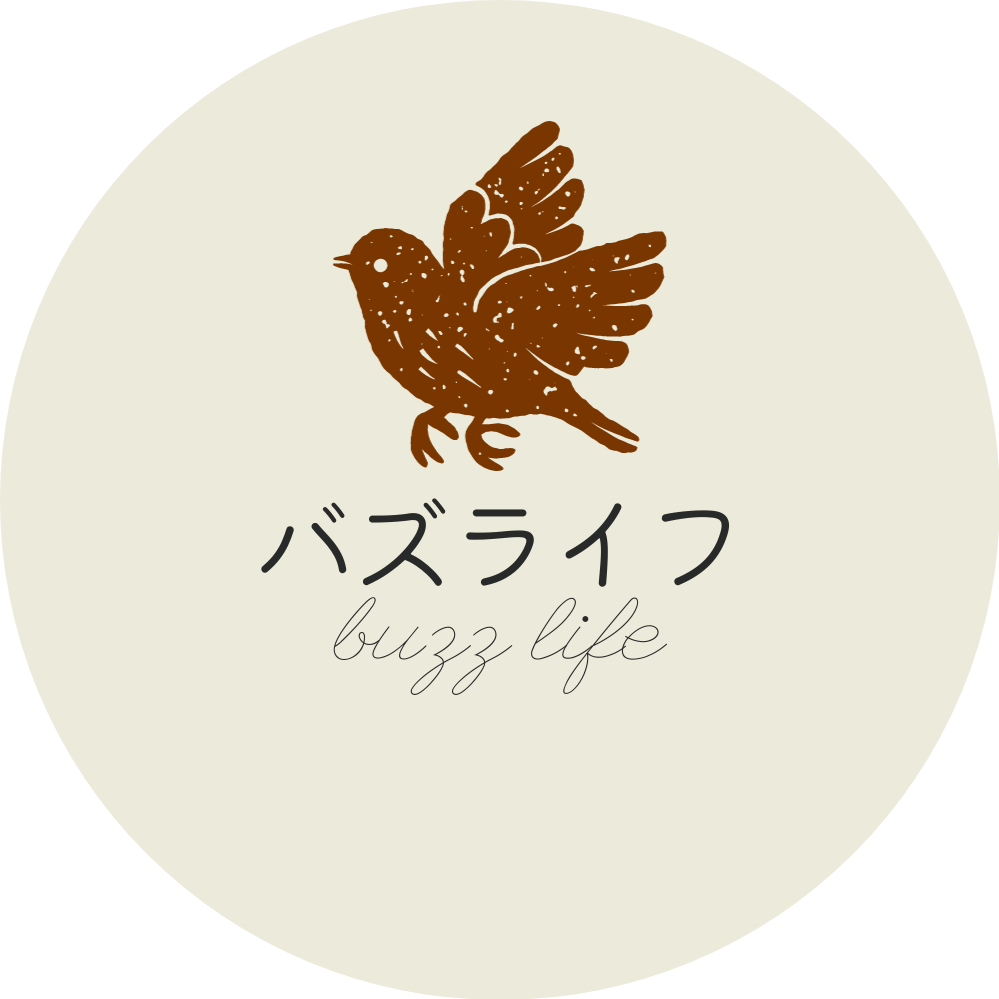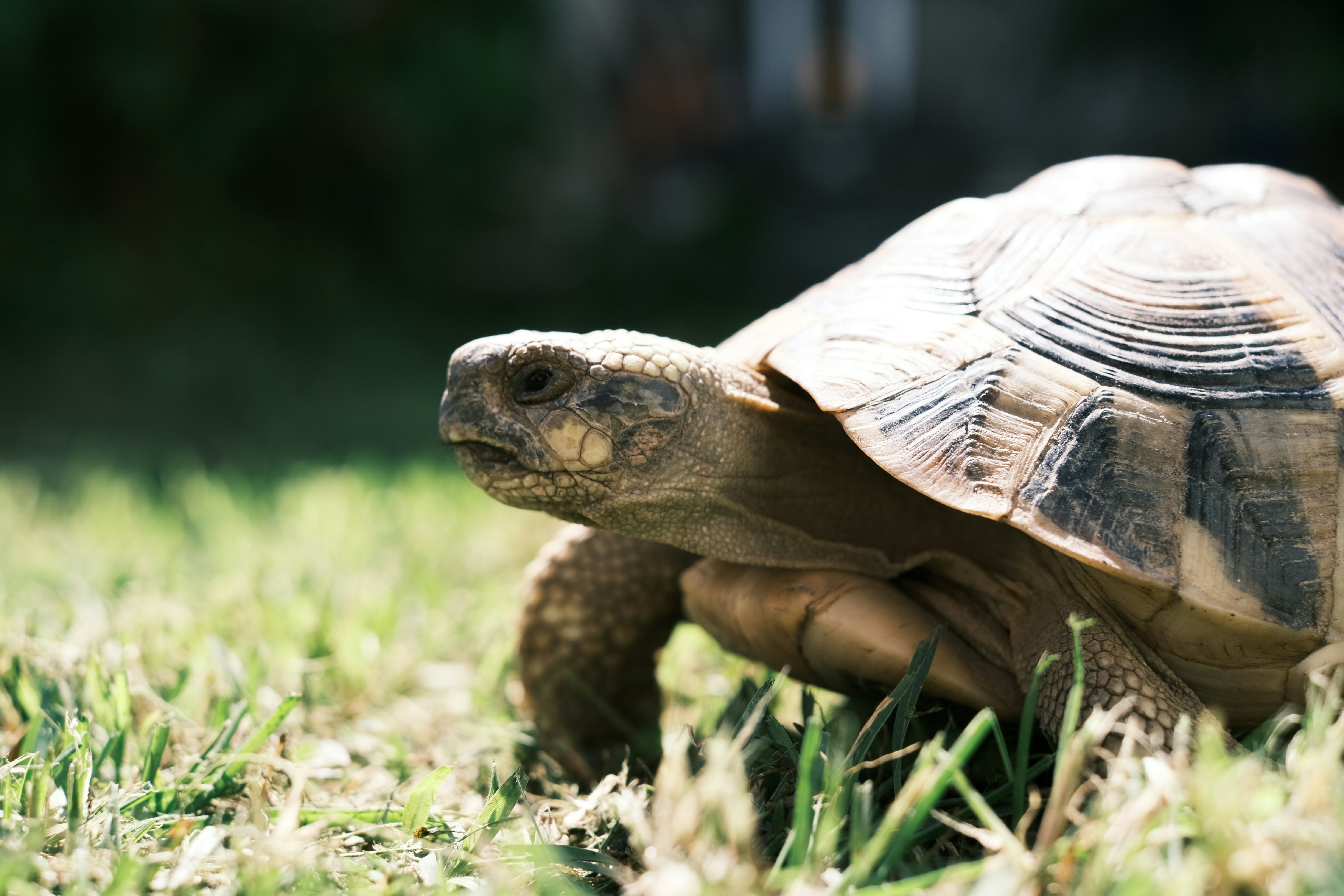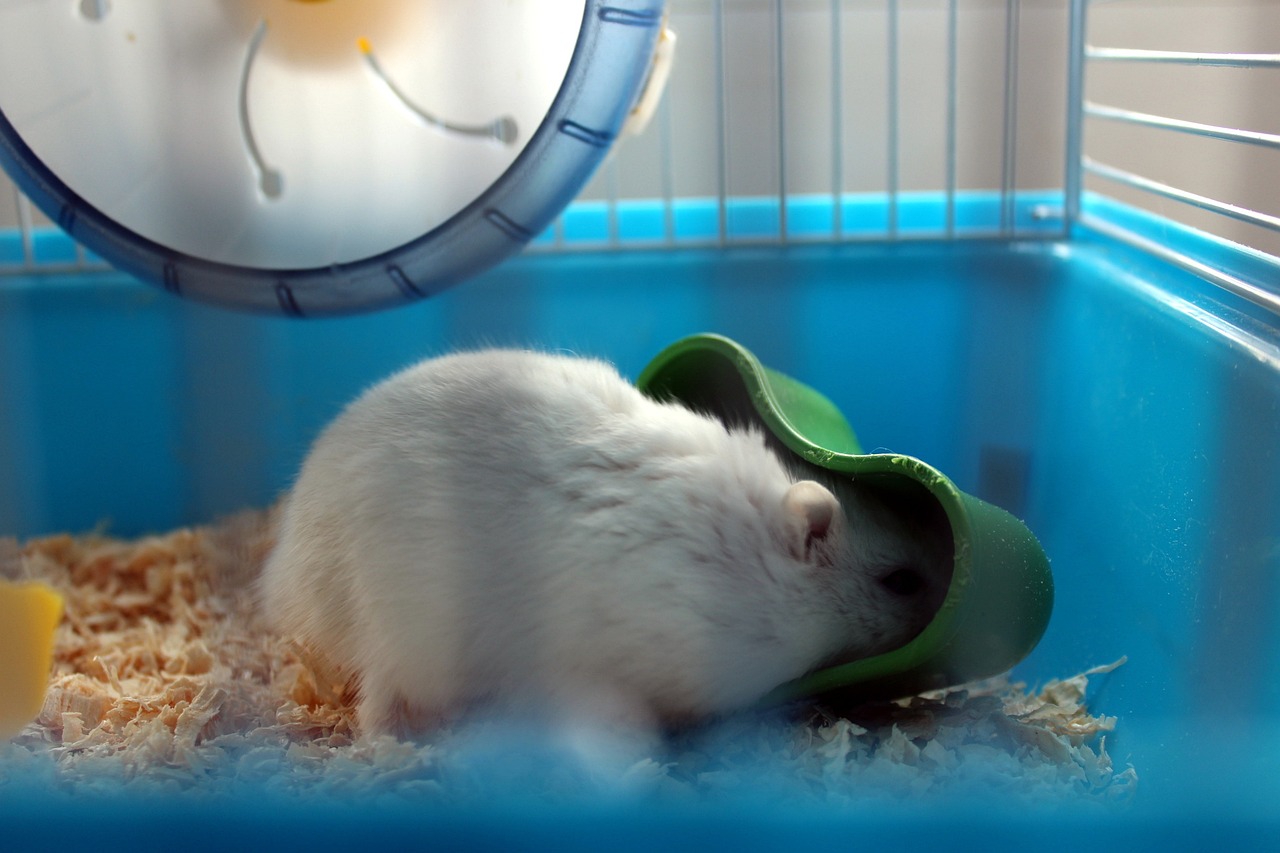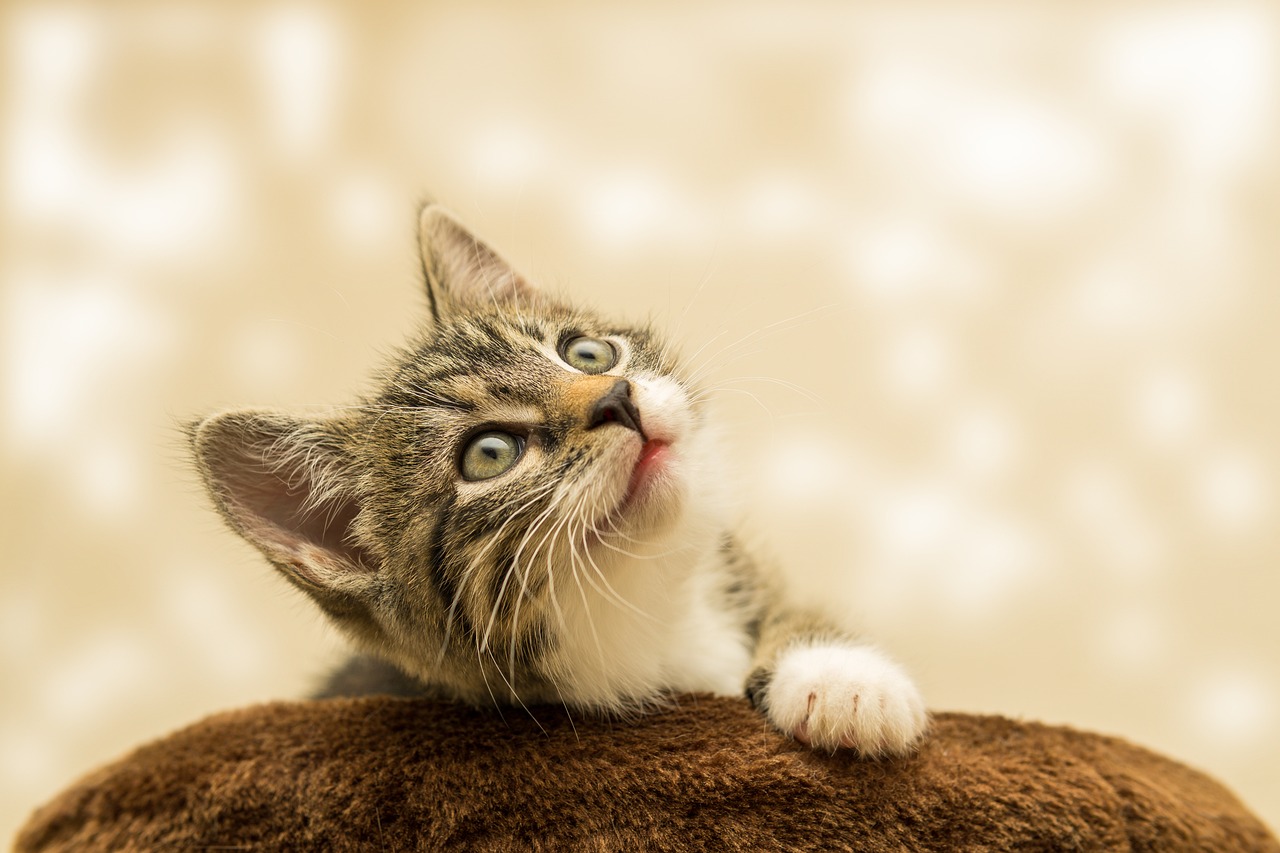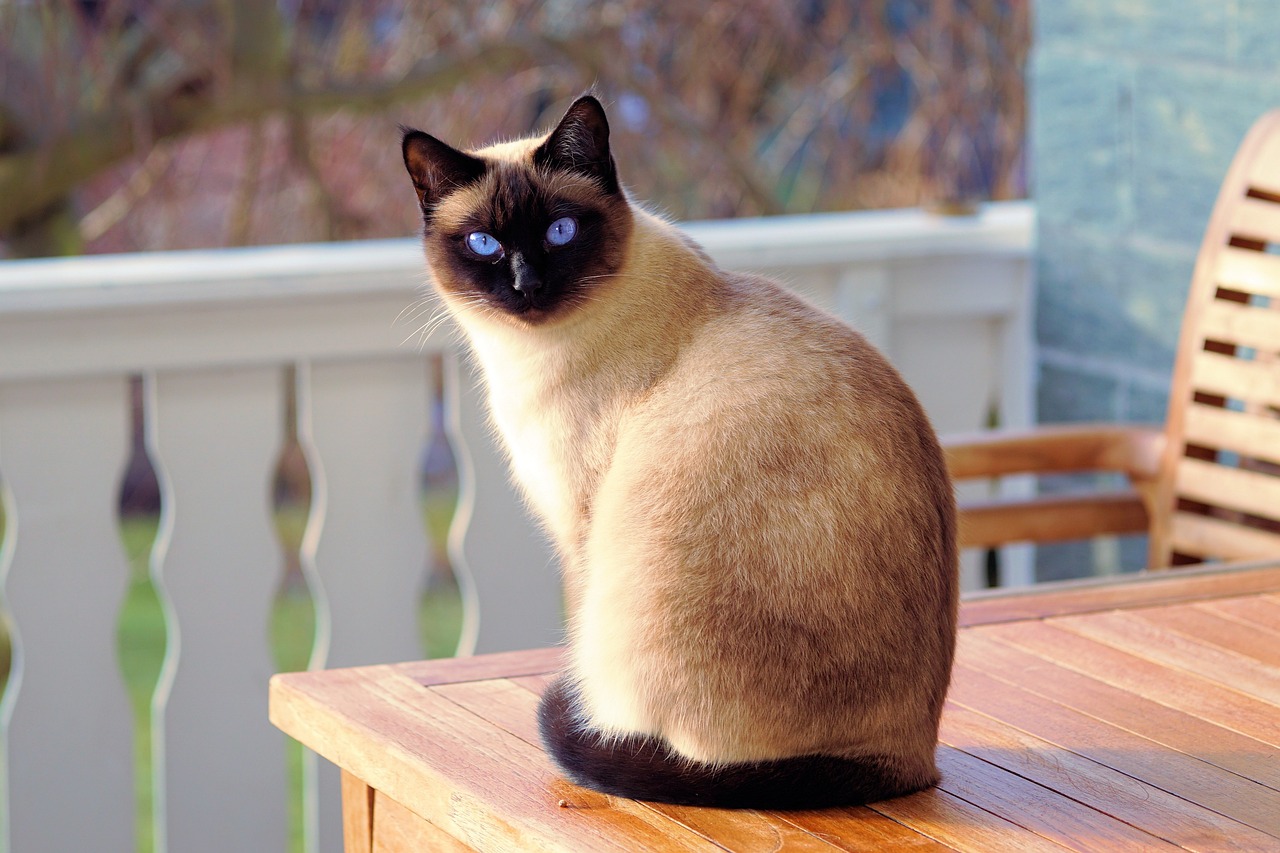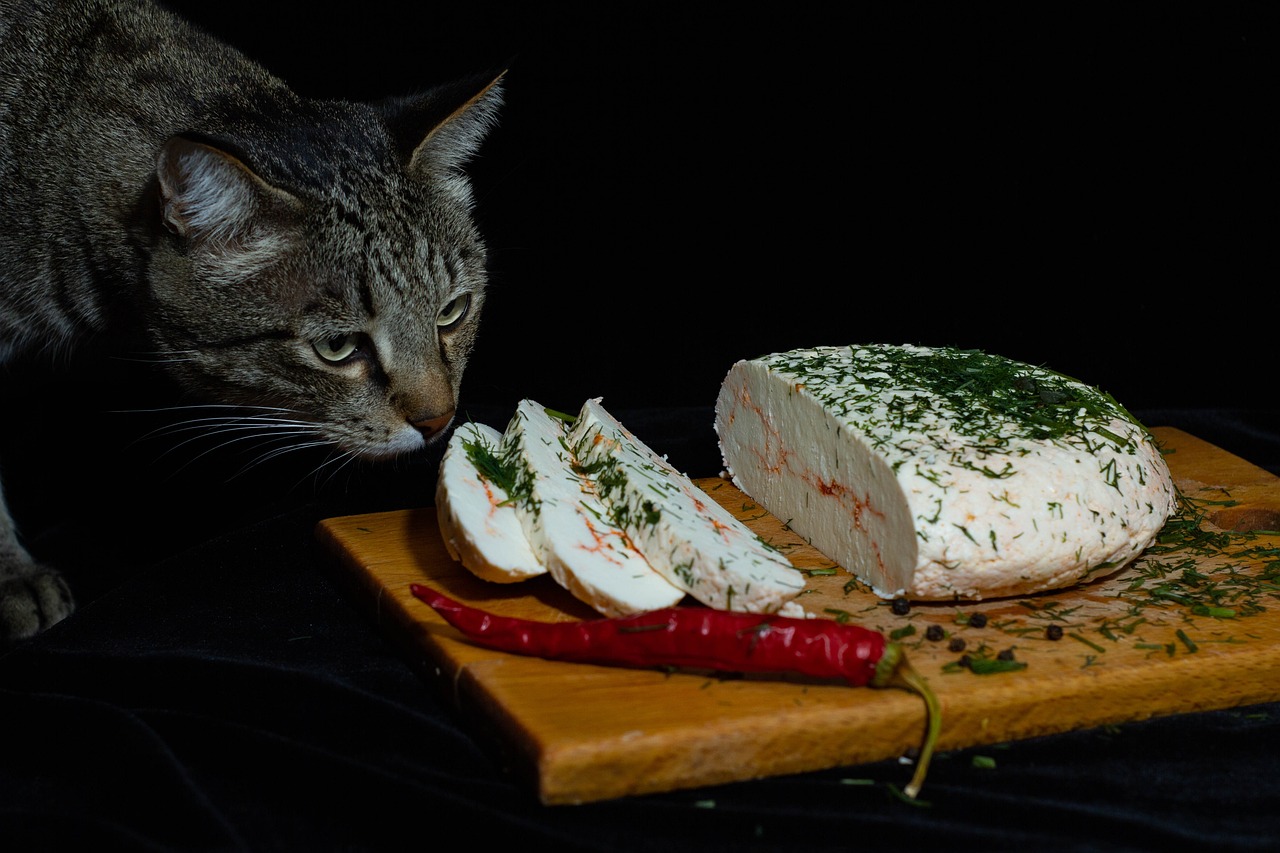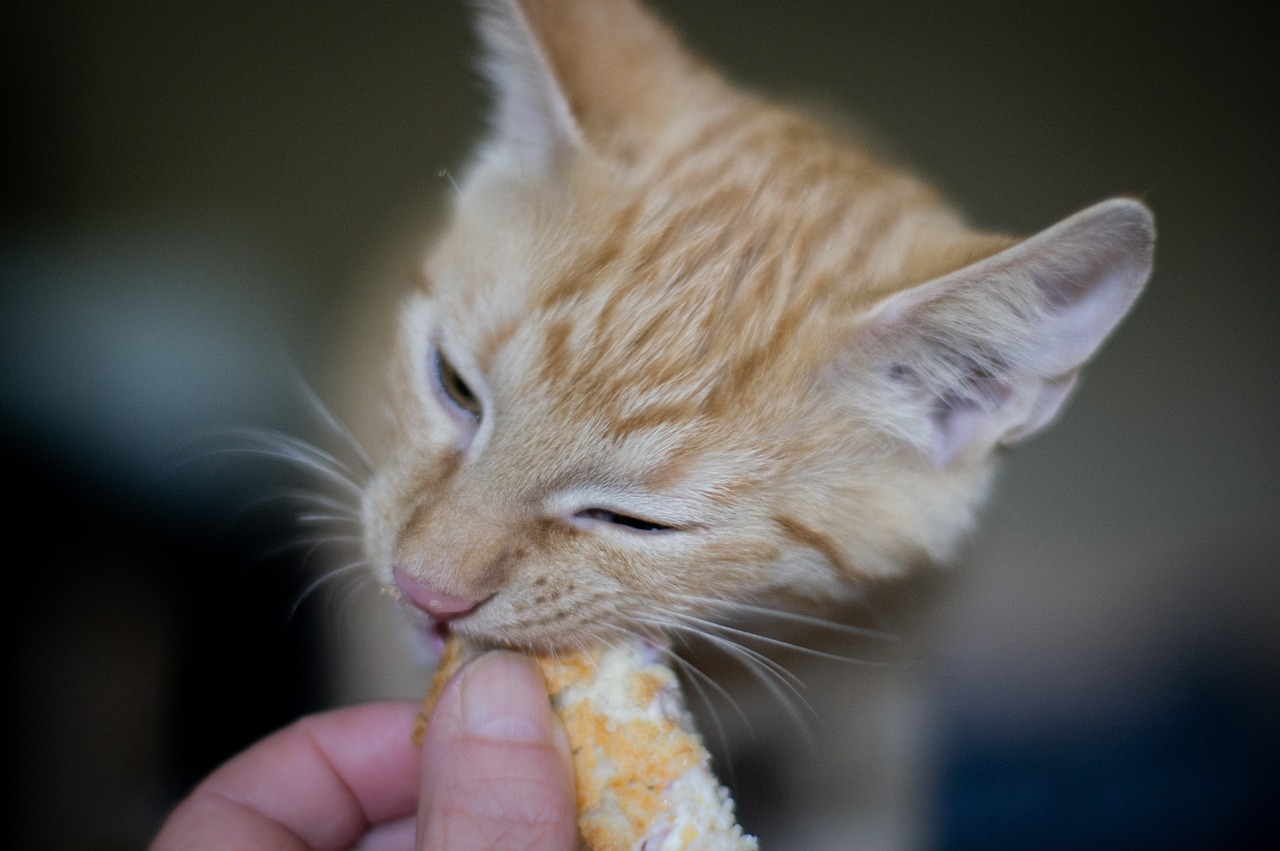<Popular 5> Bunting Butterflies are popular as pets.
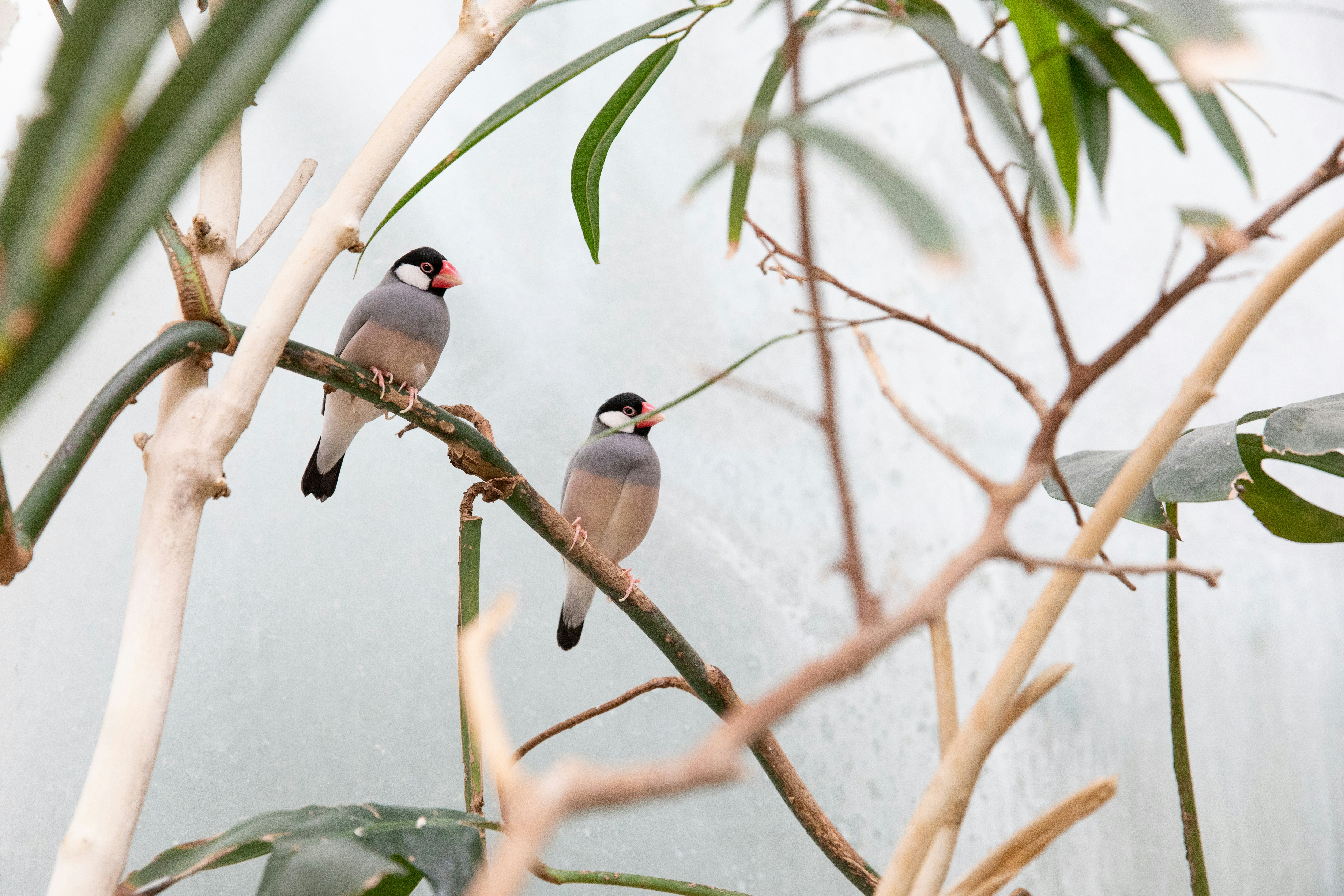
Bunting butterflies are popular among many people because they are adorable and easy to keep.
In fact, there are many different species of butterflies.
Sparrow Buntings (Shoebill)
Popularity: ☆☆☆☆☆
Ease of keeping: ☆☆☆☆
Appearance Characteristics
As its name suggests, the sparrow buntori is a small bird with an appearance similar to that of a sparrow. It is compact, measuring approximately 14 cm in length, with a gray back and white belly. It has a black spot on its throat and is loved by many people for its lovely appearance.
Personality and Sociability
This bird is very sociable and enjoys the company of humans and other birds. Their calls are pleasant and their chirps are appreciated by lovers. They are also curious about new things and environments and enjoy exploring them.
Comfortable Breeding Environment
The sparrowhawk is best kept in a spacious cage. This will provide ample opportunity for exercise and flight. Clean water and regular cage cleaning are also important.
Nutritionally balanced diet
They have a staple diet of seeds, with sunflower seeds and canary seeds being especially preferred. It is recommended that fruits and vegetables be fed in moderation to maintain their health. This will provide them with the vitamins and minerals they need.
Health Care Tips
Sparrow buntings are sensitive to cold, so proper temperature control is important, especially during the winter months. Perform regular health checks and pay attention to the condition of their feathers and feet. If you notice anything unusual, it is advisable to consult a professional veterinarian.
Interaction with Humans
This species of paper bird is considered friendly and can be hand-trained, but it is important to respect the bird’s pace. Avoid forceful contact and build trust slowly.
White Buntings
Popularity: ☆☆☆☆☆
Ease of ownership: ☆☆☆☆
The White Buntings, or White Bajaligar, is a type of Bunting that is particularly known for its color variants. Originally a small bird species native to Australia, the White Bajarigar is a common paper bird with green plumage, but the White Bajarigar has developed the white plumage trait through breeding selection.
This bird is extremely popular because of its endearing appearance and its ability to form strong bonds with humans. White-breasted birds are sociable and, when well trained, can communicate with their owners and learn a variety of tricks.
Although they are often kept in cages, they need adequate exercise and stimulation. Therefore, it is recommended that they be taken out of their cages regularly for flying time. They also need a balanced diet of seeds, fresh fruits and vegetables, and special bird pellets.
In terms of health, the birds are generally healthy when properly cared for, but they are sensitive to stress, nutritional deficiencies, and cold, and these problems can lead to illness. Regular veterinary check-ups are also important.
If kept in captivity, attention should be paid to proper cage selection, daily care, and health care. Also, given the social nature of this bird, it should be kept with other paperbirds if possible!
Pied Buntings
Popularity: ☆☆☆☆
Ease of ownership: ☆☆☆☆
The pied paper bird is one of the most attractive color variants of the paper bird. Pied refers to a pattern of feathers that are an irregular mixture of white and other colors. This variant is caused by white spots or bands in the natural coloration of the bunting.
Characteristics
Appearance: As the name suggests, the Pied Bunting is characterized by a patchwork pattern of feathers. Its body color is the basic color of green or yellow with white spots or bands.
Size: Like other paperbirds, it is small and measures about 18 cm in length.
Characteristics: As with most other paperbirds, they have a sociable and affectionate personality.
Breeding tips
Cage: The cage should be of appropriate size and design, and kept clean. The cage should be equipped with a perch and toys.
Diet: A well-balanced diet is important, including seeds, fresh fruits and vegetables, and pellets.
Exercise: They should be taken out of their cage regularly for exercise. Allow them time to fly freely in a safe environment.
Socialization: Bunting are social birds and may prefer to be housed with other bunting.
Health Care
Regular visits to the veterinarian: It is recommended that they have a physical examination by a veterinarian at least once a year.
Environmental monitoring: Maintain appropriate temperature and humidity to minimize stress.
The pied buntings are loved by many bird lovers for their singular beauty and loving nature. With proper husbandry and loving care, they can be healthy and happy pets.
Cinnamon Bunting
Popularity: ☆☆☆☆
Ease of ownership: ☆☆☆☆☆
The Cinnamon Bunting is one of the color variants of the Bunting, especially attractive for its warm tones. As the name Cinnamon suggests, this mutant has feathers that are the color of cinnamon (katsura).
Characteristics
Appearance: The Cinnamon Bunting has softer, lighter brownish plumage than the normal green Bunting. This unique coloration is due to changes in the pigmentation of its feathers.
Size: Like all other Bunuchis, the Cinnamon Bunting is small, measuring approximately 18 cm in length.
Characteristics: As with most other paperbirds, they have a sociable and friendly disposition.
Breeding tips
Cage: The cage should be of appropriate size and design, and kept clean. The cage should be equipped with a perch and toys.
Diet: A well-balanced diet is important, including seeds, fresh fruits and vegetables, and pellets.
Exercise: They should be taken out of their cage regularly for exercise. Allow them time to fly freely in a safe environment.
Socialization: Bunting are social birds and may prefer to be housed with other bunting.
Health Care
Regular visits to the veterinarian: It is recommended that they have a physical examination by a veterinarian at least once a year.
Environmental monitoring: Maintain appropriate temperature and humidity to minimize stress.
The Cinnamon Bunting is loved by many bird lovers for its distinctive beautiful plumage and loving nature. With proper husbandry and loving care, they can be healthy and happy pets!
Pearl Buntings
Popularity: ☆☆☆☆☆
Ease of ownership: ☆☆☆☆
The pearl buntori is one of the color variants of the bunti, especially noted for its beautiful plumage. This mutation gets its name from the pearl-like spots or bands on its feathers.
Characteristics
Appearance: The most distinctive feature of the Pearl Buntori is the beautiful pattern of its feathers. In addition to its normal plumage color, the Pearl has pearl-like spots and bands on its feathers, which are especially noticeable on its wings and back.
Size: Like all other paperbirds, it is a small bird with a body length of about 18 cm.
Characteristics: As with most other paperbirds, they have a sociable and friendly disposition.
Breeding tips
Cage: Keep the cage clean and appropriate in size. Place perches and toys in the cage.
Diet: A well-balanced diet is important, including seeds, fresh fruits and vegetables, and pellets.
Exercise: They should be taken out of their cage regularly for exercise. Allow them free time to fly in a safe environment.
Socialization: Bunting are social birds and may prefer to be housed with other bunting.
Health Care
Regular visits to the veterinarian: It is recommended that they have a physical examination by a veterinarian at least once a year.
Environmental monitoring: Maintain appropriate temperature and humidity to minimize stress.
The Pearl Bunting is a favorite among bird lovers for its beautiful plumage and loving nature. With proper care and affection, they can be healthy and happy pets.
